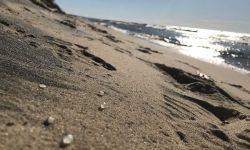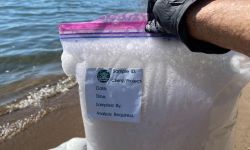As Michigan winters vanish, researchers study snow for clues about what’s next
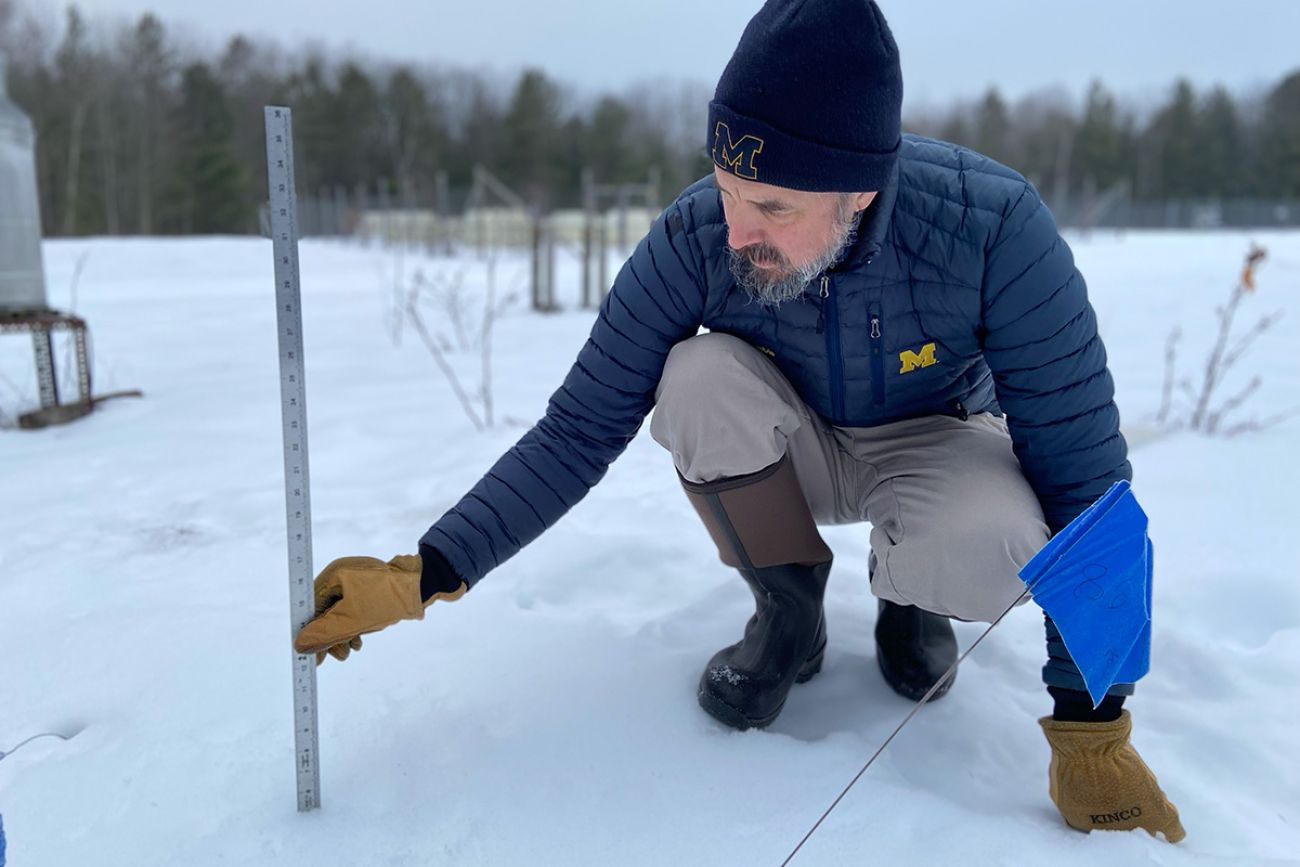

- Michigan’s winters are getting warmer, melting snow earlier in the year
- Scientists are scrambling to keep track of the decline
- They fear declining snowpack will ripple through the environment, affecting farms and forests
PELLSTON — It’s February in northern Michigan, a time typically marked by deep snow and a deeper freeze.
Normally, this time of year, temperatures stay below freezing and snow is 16 inches deep. But this week, the day was warm as Adam Schubel hiked to a clearing in the forest where University of Michigan scientists have tracked the snow for four decades.
“This winter has been striking,” said Schubel, resident biologist at the 10,000-acre U-M Biological Station at Douglas Lake, 15 miles south of the Mackinac Bridge. “I've been here eight years, and this is the first winter in my experience where we don't have any ice shanties on the lake.”
Great Lakes News Collaborative
Bridge Michigan, Circle of Blue, Great Lakes Now at Detroit Public Television, Michigan Public and The Narwhal work together to report on the most pressing threats to the Great Lakes region’s water. This independent journalism is supported by the Charles Stewart Mott Foundation.
As if to demonstrate, Schubel pushed a yardstick through the snow to measure what remains: 5 inches from a storm that just a few weeks ago dumped about 21 inches in the area.
Related:
- Michigan winters are super cloudy and getting worse. Blame climate change.
- Report: Lake Michigan is ‘running a fever.’ More storms, less fish possible.
- Michigan’s lost winter cancels sturgeon season, ski, dog sled races
This has been one of the warmest winters in Michigan’s modern history, and temperatures Thursday and Friday are expected to approach records, climbing toward 60 in southern Michigan and near 50 in Pellston.
That means Schubel’s daily task of measuring snowpacks has taken on new importance, as climate change grips the globe and causes shorter, milder winters.
Researchers are on a mission to get more wintertime data to understand how Michigan’s disappearing winters affect the broader ecosystem, endangering some species and potentially making it harder for plants to grow in spring. This winter, U-M researchers installed an automated snowpack sensor for hourly measurements.’'
“Measuring every morning is important, but there's a lot that happens within a 24-hour window,” said Aimée Classen, director of the Biological Station and a professor in U-M’s Department of Ecology and Evolutionary Biology.
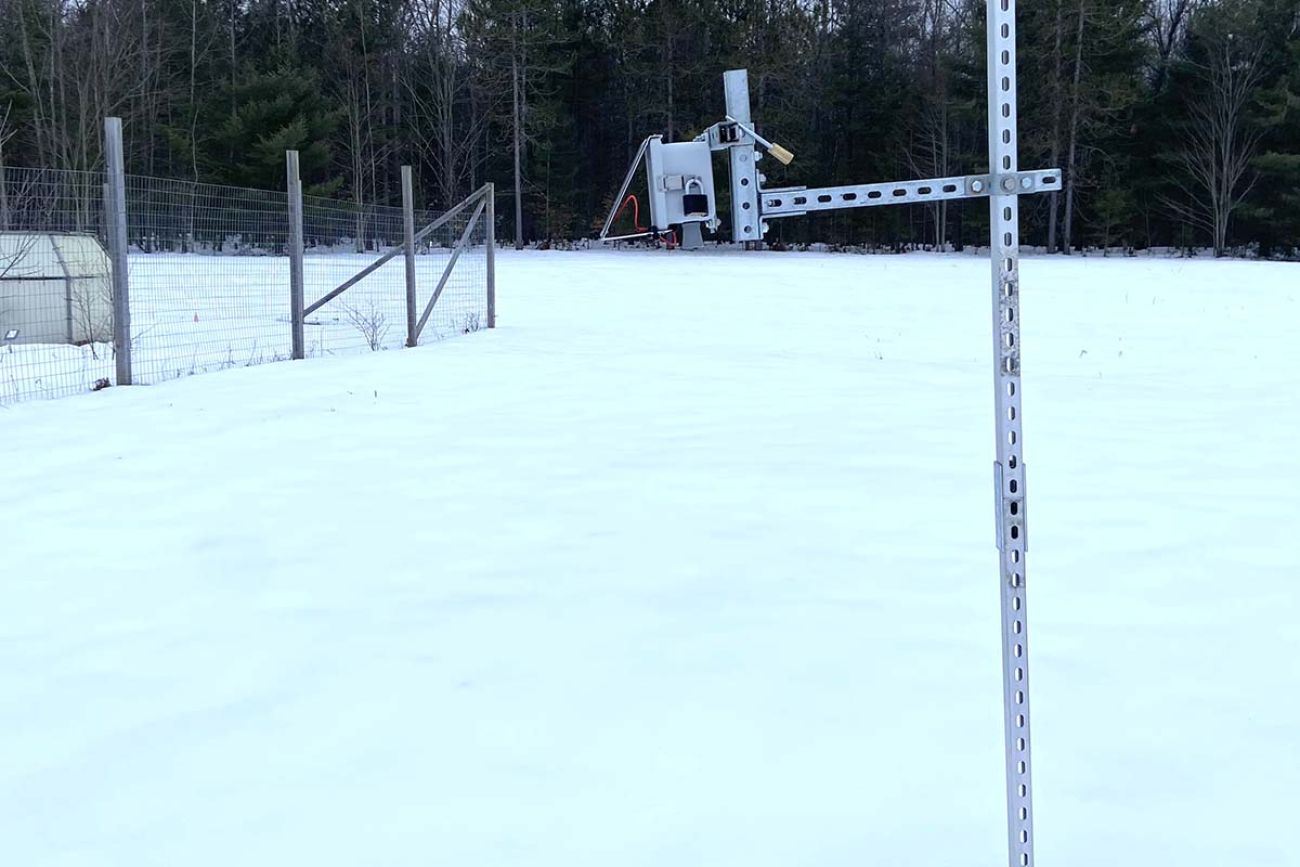
The efforts come amid a broader push to ramp up winter research in recent years. Researchers across the Great Lakes, for instance, launched an initiative in 2022 to start collecting more winter data. And the National Oceanic and Atmospheric Administration plans to increase monitoring of water temperatures in the depths of the Great Lakes, in recognition that even that constantly-frigid water is getting warmer.
“We didn't really worry about snow for a long time,” said Karin Rand, a researcher and lab manager in Classen’s lab who is using the biological station’s new hourly snowpack data to research how warm winters affect plant growth.
That’s in part because scientists formerly believed little of importance happened during the winter, when many plants and animals go dormant.
“We need to be more critical about what we're getting from these ecosystems and understand that it's all connected, Rand said. “The parts that we can't see might be having a bigger impact than the parts that we can see.”
Rand is concerned that midwinter thaws may interrupt the nutrient cycle that keeps plants healthy. It all starts with microscopic underground organisms like bacteria and fungi.
These microbes play an important role in the food web, breaking down dead matter and releasing nutrients that fertilize plants. Snowpack aids in this process by insulating the soil, keeping microbes warm enough to work through the winter.
But when a winter thaw exposes the bare ground, the soil is prone to freezes that halt microbial activity. Melting snow and rain wash away soil nutrients, leaving less available to nurture plants in the spring.
“If you don't have nutrients, you can't grow plants,” Classen said.
The researchers plan to pair the hourly snowpack data with rain and soil nutrient records to understand whether those trends are happening in the forest near Douglas Lake.
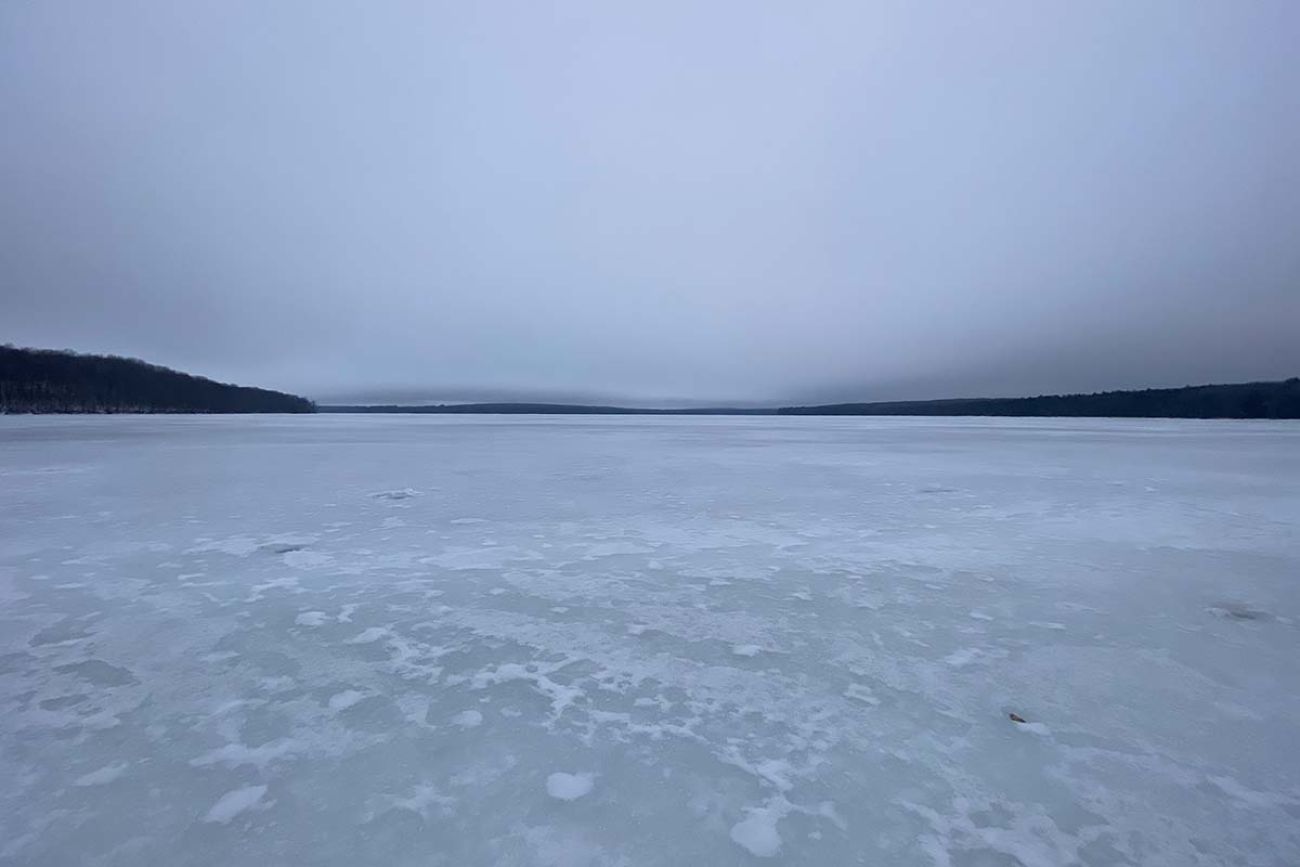
If the experiment goes well, they hope to expand the network of snowpack sensors throughout the Midwest. The data is public, so other climate scientists and the public can use it for their own research.
Changes to the nutrient cycle are among a growing list of concerns about how warming winters are harming the Great Lakes ecosystem.
Climatologists expect growing zones to move north, imperiling boreal tree species that thrive in the cold. Pests such as ticks are also migrating into regions that were previously too cold for them to survive the winter. And declining ice cover in the Great Lakes could mean trouble for whitefish, a species that spawns on ice-covered reefs.
The changes to winters can be hard to notice, because snowfall in Michigan has always been erratic.
“It’ll swing like 2 feet, from year to year,” Schubel said.
But the biological station’s long-term records reveal that winter temperatures have been warming, and snowy days have been getting rarer. Annual precipitation is increasing, Schubel said, but more of it is coming down as rain.
This winter follows the trend. With temperatures expected to stay above freezing for the next several days, Schubel will likely be measuring bare ground soon.
“On the one hand, it's sad,” he said. “On the other hand, it really kind of brings home a reality that has been predicted for a long time, that I haven't wanted to face. And that I think maybe many of us haven't really wanted to face.”
Michigan Environment Watch
Michigan Environment Watch examines how public policy, industry, and other factors interact with the state’s trove of natural resources.
- See full coverage
- Subscribe
- Share tips and questions with Bridge environment reporter Kelly House
Michigan Environment Watch is made possible by generous financial support from:
Our generous Environment Watch underwriters encourage Bridge Michigan readers to also support civic journalism by becoming Bridge members. Please consider joining today.
See what new members are saying about why they donated to Bridge Michigan:
- “In order for this information to be accurate and unbiased it must be underwritten by its readers, not by special interests.” - Larry S.
- “Not many other media sources report on the topics Bridge does.” - Susan B.
- “Your journalism is outstanding and rare these days.” - Mark S.
If you want to ensure the future of nonpartisan, nonprofit Michigan journalism, please become a member today. You, too, will be asked why you donated and maybe we'll feature your quote next time!
